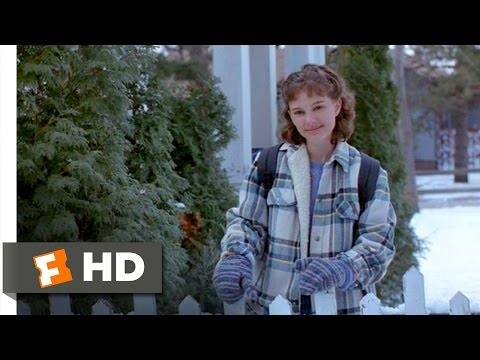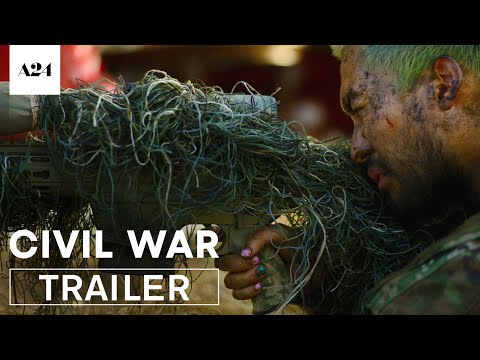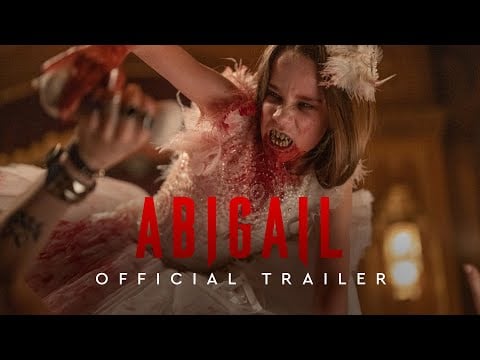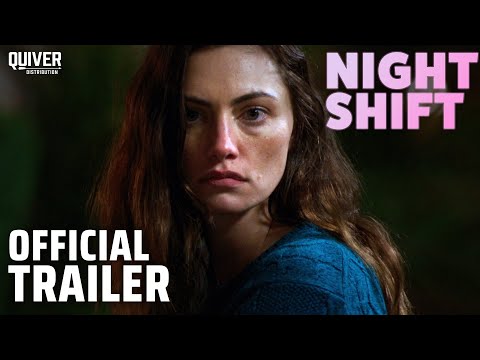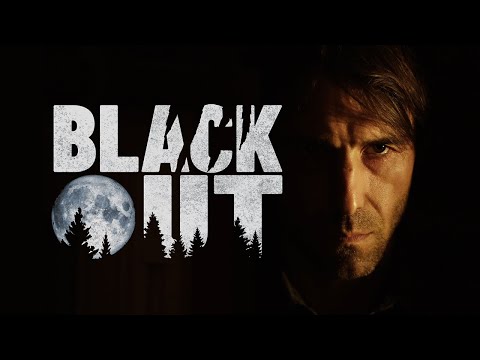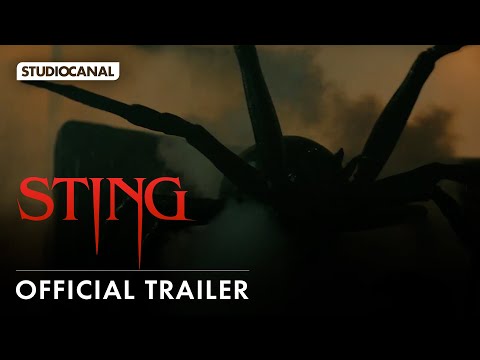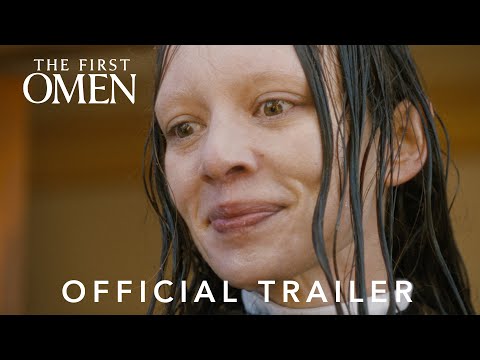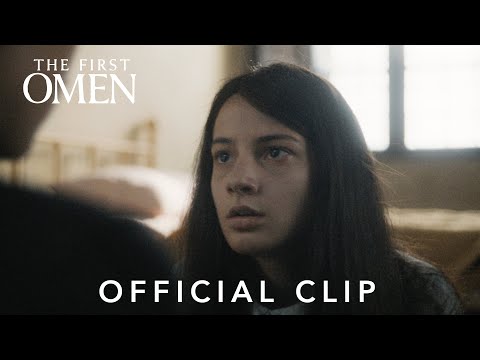Bob Balaban’s “Parents” (1989) begins with a series of family rituals.
Although set in the 1950s, before my time, anyone can relate to the montage that opens the film – a family drive, a game of living room golf, etc.
It’s what comes next that shocks, as it feels so unnatural and scary, the first of many such moments throughout.
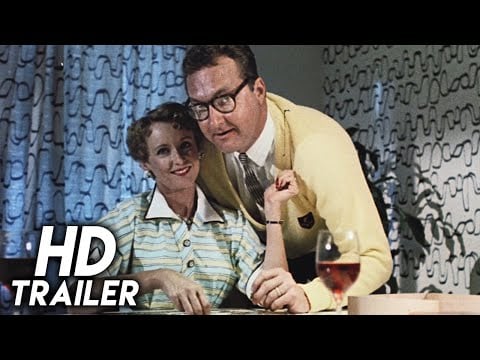
Dad (Randy Quaid) is carrying his son to bed while chipper Mom (Mary Beth Hurt) is all smiles and watches approvingly. However, their Boy (Bryan Madorsky), who rarely speaks during the film, is reserved and seemingly unable to speak, in fear of some sort of dreadful retaliation.
The kid is afraid of something. What he suspects about his parents is dreadful and, as the story proceeds, we’re not entirely sure until the end if we’re witnessing something unthinkable or a child’s warped interpretation of the truth.
“Parents” (1989) is one of the few films that truly scares me. I saw the film when I was too young to fully engage with the satire and subtext it contains. Looking at it now, as a father and with reflection on the decisions and motivations of my own parents during my childhood, the movie still rattles me.
The tone and look of the film are similar to David Lynch’s “Blue Velvet” (1986) and the then-forthcoming “Twin Peaks” (1990). Indeed, “Parents” shares Lynch’s composer, Angelo Badalamenti and the milieu of a Norman Rockwellian past as a setting and cover up for the darkness within.
For some, the similarity to Lynch was a drawback but here’s the thing – what Lynch does on a film-to-film basis (with rare out-of-character exceptions like “The Straight Story”) is so distinctive, personal, and nearly impossible to duplicate. Balaban is using Lynch’s paintbrush the same way Brian DePalma borrows from Alfred Hitchcock.
That’s not easy to pull off. I mean this as a compliment.
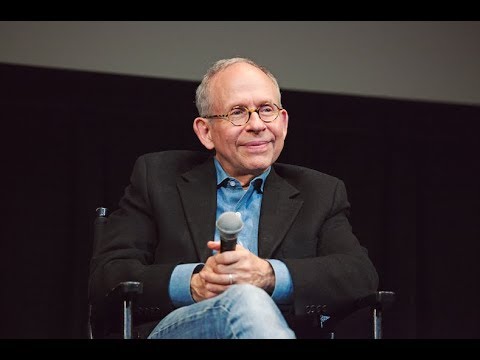
Taken as a companion piece or simply a jolting double feature with “Blue Velvet,” Balaban takes some wild swings and makes a top-grade art film, as well as a terrifying portrait of childhood fears.
Is it a satire? In some ways, it spoofs the conventions and social mores of the 1950s, though this isn’t a comedy. Perhaps, if, say, Christopher Walken and Kathy Bates had played the title characters, it could have found an easy tone of a horror farce. Instead, the actors aren’t kidding around, and neither is Balaban.
The boy, whose name turns out to be Michael (but is rarely addressed as such) catches his parents having sex, has a nightmare of his bedsheets turning into a sea of blood and has a shuddering fear of the dark. Are we seeing the boy’s reality or is that even possible?
This child is so young and inexperienced, could anything we’re witnessing be anything more than a hyperactive imagination?
Mom and Dad, whose names are revealed to be Lilly and Nick, are an interesting contrast, as Lilly is chipper and charming. Dad, however, has a mean streak that comes out whenever his son tests him in any way.
Quaid and Beth Hurt give layered, unsettling turns; we can’t tell if they’re faking normalcy, or if they’re genuinely hiding the hostility that they feel towards becoming parents. Their resentment seems directed towards their son.
Are they wearing a mask of sanity? Quaid isn’t playing Cousin Eddie and Beth Hurt is disturbing in her portrayal of unbroken devotion.
It's #ManiacMonday! Meet the Laemle family—Nick, Lily and their son Michael, who suspects his parents are cannibalistic murderers. Directed by Bob Balaban, #Parents (1989) stars Randy Quaid & Mary Beth Hurt. What's your take on this late '80s horror film?#80s #horror #movies pic.twitter.com/XszsNbozWe
— In Search of Darkness (@80sHorrorDoc) January 15, 2024
Dad, who is employed by “Toxico,” works in “defoliants,” explaining to his son that “in 24 years, this jungle is mulch.” Mom is a busybody in the kitchen and outgoing socially, but her Donna Reed effervescence seems to be a mask for … something.
Perhaps the boy’s imagination only makes his parents appear monstrous, as his imagination may provide the clue that he’s only imagining his nightly traumas. I’m unsure if, in the very end, even with that amusing final scene, if the film makes an ultimate decision in deciphering what the true reality is here.
Yet, even as the conclusion is debatable, “Parents” can be taken as straightforward horror and not as a guarded allegory.
Badalamenti’s creepy score dips into the dread the boy is experiencing. The art direction is remarkable, looking like an extension of the boy’s troubled mind. The grim black and white portrait of the boy that Mom has on her nightstand is a hilarious prop. The film is stylish enough that the material is never unwatchable, though there are ample tonal shifts to keep us off balance.
“Parents” explores suburban conformity and parental influence. When the boy says ghastly things in school, we wonder if he’s just parroting something he heard his father say. A scene of the parents having dinner with Dad’s boss is notable for the way it suggests Mom and Dad are dining with older versions of themselves. Conformity as company.
Mom and Dad like to drink but they seem every bit as weird when they’re sober. A question the film hints at and never actually addresses: Is the boy the biological son of these two?
RELATED: ‘TERROR IN THE AISLES’ CAPTURES ’80s HORROR
One of Michael’s most harrowing nightmares switches from black and white to color and has imagery reminiscent of “The Shining” (1980). Clearly, much of the surreal imagery can be interpreted as fantasy but, since the boy is so young, could we simply be seeing how his mind interprets the unthinkable?
An interesting contrast with “Blue Velvet” is that Jeffrey, the film’s protagonist, finds the world a terrible place once he leaves his home and ventures into the dangers of the outside world. Here, the horror is primarily inside the young boy’s home.
Because “Parents” is from the point of view of a grade school kid, there’s an intentional lack of nuance and understanding of the adult world. Or, perhaps Michael, with his purity and unfiltered way of expressing himself, is simply seeing things exactly as they are?
There are lots of films with jump scares and spooky moments but this one still frightens me.
The post Randy Quaid’s ‘Parents’ Remains a Bone-Chilling Satire appeared first on Hollywood in Toto.
from Movies - Hollywood in Toto https://ift.tt/tEChJKn


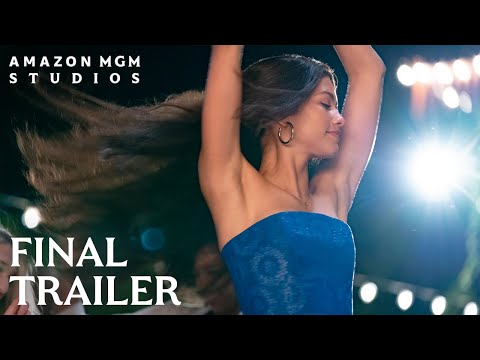







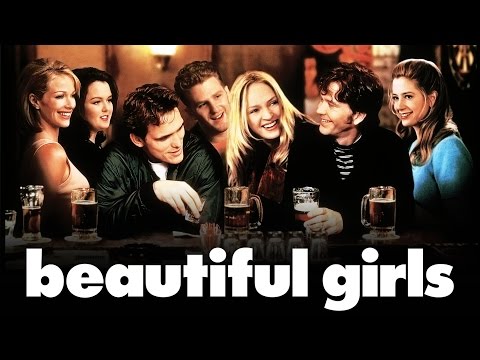
 ‘Beautiful Girls’ premiered in theaters 27 years ago, February 9, 1996
‘Beautiful Girls’ premiered in theaters 27 years ago, February 9, 1996 